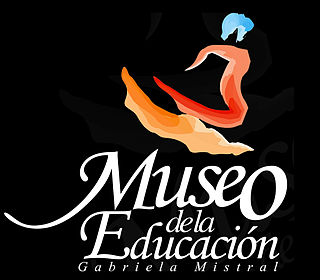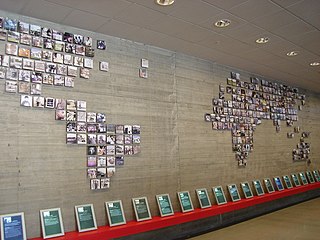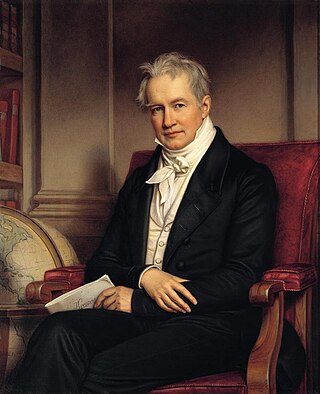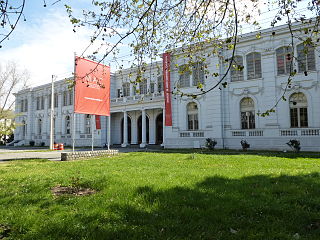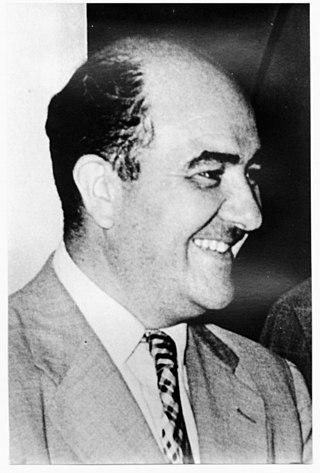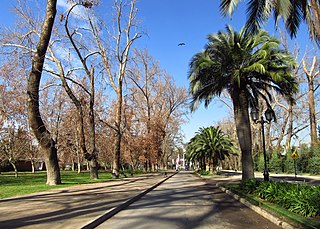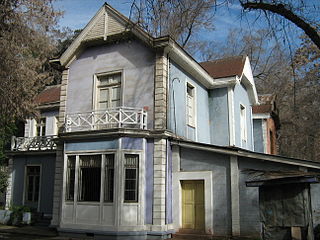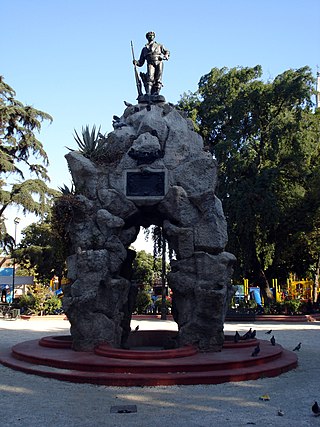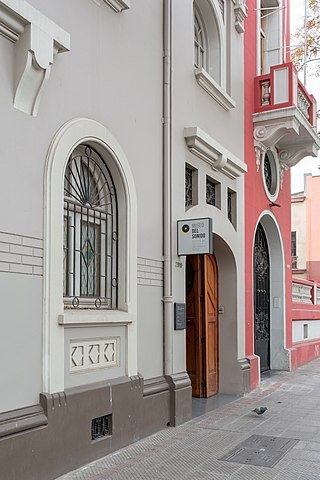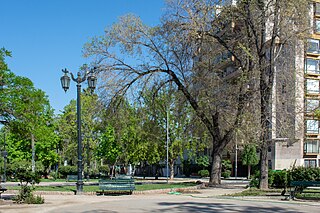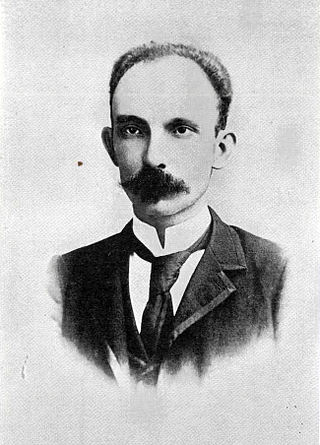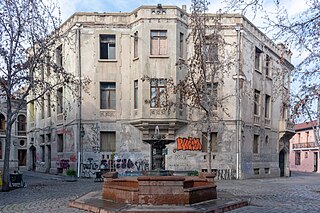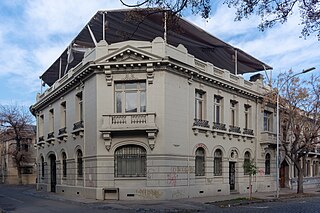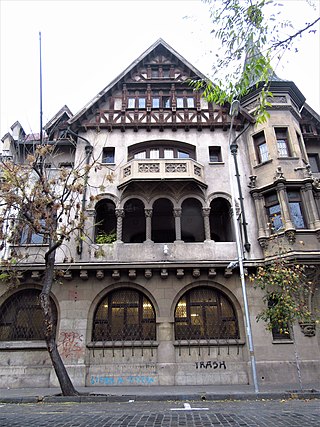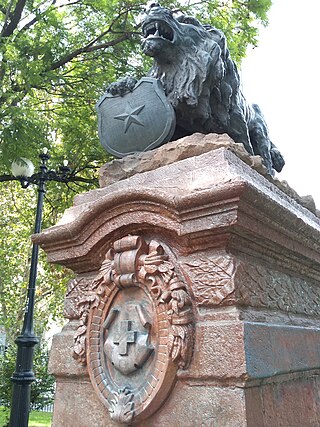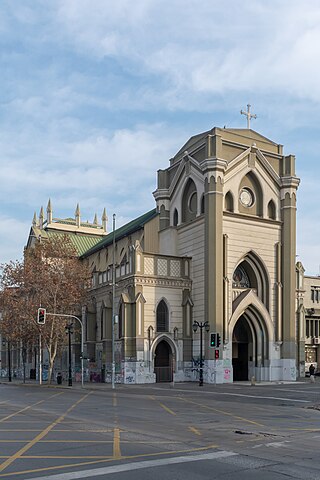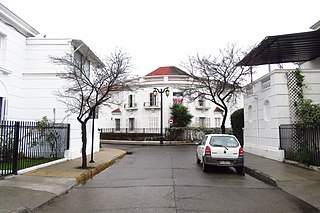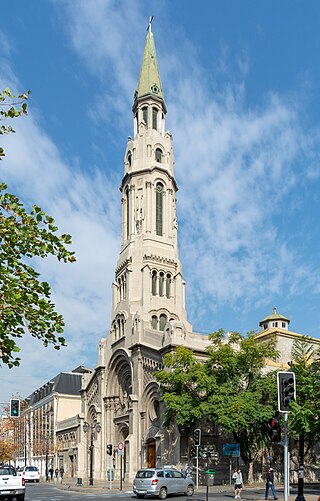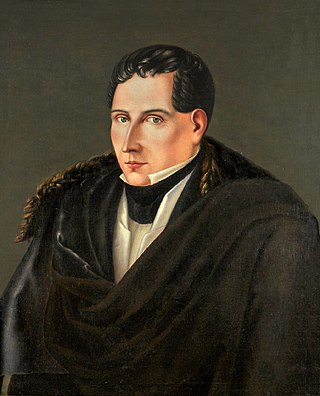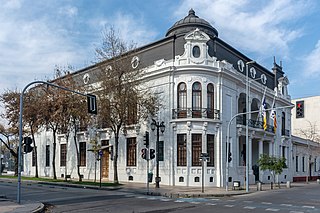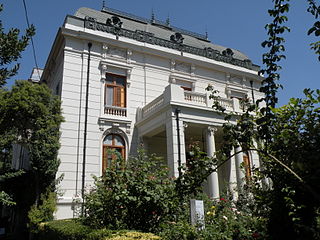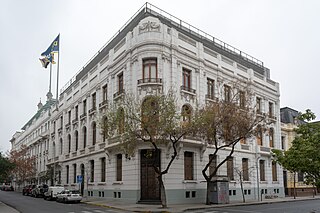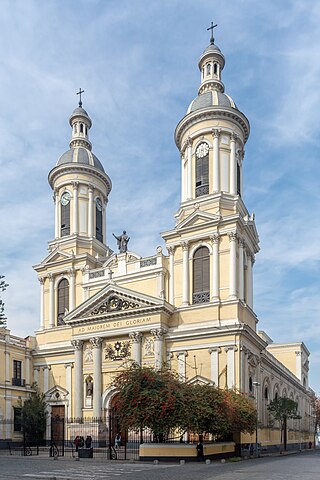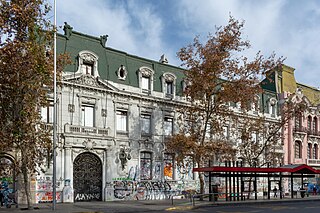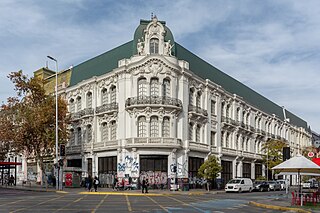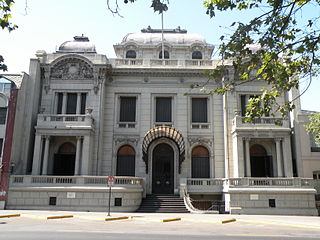Self-guided Sightseeing Tour #1 in Provincia de Santiago, Chile
Legend
Tour Facts
10 km
107 m
Experience Provincia de Santiago in Chile in a whole new way with our self-guided sightseeing tour. This site not only offers you practical information and insider tips, but also a rich variety of activities and sights you shouldn't miss. Whether you love art and culture, want to explore historical sites or simply want to experience the vibrant atmosphere of a lively city - you'll find everything you need for your personal adventure here.
Activities in Provincia de SantiagoIndividual Sights in Provincia de SantiagoSight 1: Matucana 100
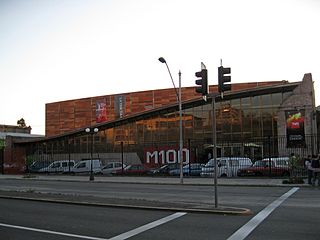
The Centro Cultural Matucana 100 is a cultural center located in the commune of Estación Central in Santiago, Chile, near Quinta Normal Park. Matucana 100 is a not-for-profit corporation that hosts and plans cultural events and educational programs related to the contemporary arts including dance, theatre, music, photography, the visual arts and cinema. The center takes its name from its street address.
Sight 2: Museo de la Educación Gabriela Mistral
The Gabriela Mistral Education Museum (MEGM) was founded on September 13, 1941 and operates in the west wing of the former Normal School of Preceptors, located at the intersection of Chacabuco and Compañía de Jesús streets, in the Yungay neighborhood of the commune of Santiago, Chile.
Sight 3: Museo de la Memoria y los Derechos Humanos
The Museum of Memory and Human Rights is a museum in Santiago, Chile, which commemorates the victims of human rights violations during the military dictatorship led by Augusto Pinochet between 1973 and 1990. It was inaugurated by then-president Michelle Bachelet on January 11, 2010, as part of government's commemoration of the bicentennial of Chile.
Sight 4: Alexander Von Humboldt
Friedrich Wilhelm Heinrich Alexander von Humboldt was a German polymath, geographer, naturalist, explorer, and proponent of Romantic philosophy and science. He was the younger brother of the Prussian minister, philosopher, and linguist Wilhelm von Humboldt (1767–1835). Humboldt's quantitative work on botanical geography laid the foundation for the field of biogeography, while his advocacy of long-term systematic geophysical measurement pioneered modern geomagnetic and meteorological monitoring.
Sight 5: Museo de Arte Contemporaneo
The Versailles Palace is a building located in the Quinta Normal Park in the city of Santiago, Chile. It was built in 1918 as the headquarters of the National Society of Agriculture, later becoming the headquarters of the Faculty of Agronomy of the University of Chile, and the outpatient clinic of the San Juan de Dios Hospital, until since 2005 it has housed the Quinta Normal headquarters of the Museum of Contemporary Art. It was declared a National Monument of Chile, in the category of Historical Monument, by Exempt Decree No. 949, of November 5, 2004.
Sight 6: Jardín Chileno Carlos Muñoz Pizarro
Carlos Muñoz Pizarro was a Chilean botanist born in the city of Coquimbo and deceased on May 12, 1976 in New York City. He was well known for his studies of the Chilean flora, its conservation and as university professor.
Sight 7: Parque Quinta Normal
Quinta Normal Park is an urban park in the city of Santiago, Chile. The park is in a commune, or district of the same name, Quinta Normal. The park is bounded by Matucana Avenue to the east, Portales Avenue to the south and Santo Domingo Street to the north. It is home to several museums, including the Chilean National Museum of Natural History. Near the park is the Museum of Memory and Human Rights. The park is also near a public library.
Sight 8: Museo de Ciencia y Tecnología
National Museum of Science and Technology may refer to:National Museum of Science and Technology (Bangladesh), in Dhaka, Bangladesh National Museum of Science and Technology (Pakistan), in Lahore, Pakistan National Museum of Science and Technology (Spain), in La Coruña and Alcobendas, Spain National Museum of Science and Technology (Sweden), in Stockholm, Sweden Ingenium, official name National Museum of Science and Technology, a Canadian crown corporation that operates several museums, including: Canada Science and Technology Museum, formerly the National Museum of Science and Technology
Wikipedia: National Museum of Science and Technology (EN), Website
Sight 9: Museo Infantil
The Children's Museum is a museum located in the Quinta Normal Park in the city of Santiago, Chile. It is managed by the Private Corporation for the Dissemination of Science and Technology (Corpdicyt). It is aimed at children from 2 to 13 years of age.
Sight 10: Plaza Yungay
Plaza Yungay is a square located in Barrio Yungay, an historical neighborhood of Santiago, Chile, located at the western limits of the commune of Santiago. The plaza is the home of a monument commemorating the end of Chile's War of the Confederation (1836-1839) against the Peruvian and Bolivian confederation, and a church named for the saint that protects Santiago's residents from earthquakes. Today, it is a lively public space.
Sight 11: Museo del Sonido
The Museum of Sound is a museum dedicated to the history of musical recording and reproduction, located in the Yungay neighborhood of the city of Santiago, Chile. Inaugurated in 2019, it was promoted through the Mariana Préndez de Casanueva Foundation after acquiring Arturo Gana's collection of phonographs and gramophones.
Sight 12: Parque Portales
Portales Park is an urban park located in the Yungay neighborhood of the Chilean commune of Santiago Centro. Its name is in homage to the Chilean politician Diego Portales. Rectangular in shape, it is located between Portales Avenue to the North, Agustinas Street to the South and Matucana Avenue to the West. In terms of urban planning, it is part of the Portales-Matucana industrial estate.
Sight 13: José Martí
José Julián Martí Pérez was a Cuban nationalist, poet, philosopher, essayist, journalist, translator, professor, and publisher, who is considered a Cuban national hero because of his role in the liberation of his country from Spain. He was also an important figure in Latin American literature. He was very politically active and is considered an important philosopher and political theorist. Through his writings and political activity, he became a symbol of Cuba's bid for independence from the Spanish Empire in the 19th century, and is referred to as the "Apostle of Cuban Independence". From adolescence on, he dedicated his life to the promotion of liberty, political independence for Cuba, and intellectual independence for all Spanish Americans; his death was used as a cry for Cuban independence from Spain by both the Cuban revolutionaries and those Cubans previously reluctant to start a revolt.
Sight 14: Palacio Walker
The Walker Palace is a residential palace in Chile located at Concha y Toro 52, 54, 54 A, 54 B, built in 1923 in Tudor style and belonging to the Concha y Toro neighborhood.
Sight 15: Palacio Concha
The Concha Palace is a French-style mansion that is located in the gardens of what was the demolished Concha-Cazotte palace in the heritage Concha y Toro neighborhood of Santiago de Chile. Built in 1920 by order of Enrique Renard Gómez de Silva after the Concha-Cazotte fell into decline and was divided into lots by the widow of Enrique Concha y Toro, it has been restored to its original form and is used as an event center.
Sight 16: Casona Cienfuegos 41
The Casona Cienfuegos 41 was built in 1926, designed by Ismael Edwards Matte and Federico Bieregel, being Ismael Edwards Matte the first owner of this Casona. It comprises 1700 m² built on a plot of 935 square meters, designed in the neo-Gothic and medieval style.
Sight 17: León Suizo
The Swiss Lion is a memorial donated by the Swiss community residing in Chile on the occasion of the country's Centennial celebrations at the beginning of the twentieth century. It is located on Avenida Libertador General Bernardo O'Higgins, better known as "La Alameda", between José Miguel Carrera and Almirante Latorre streets, in the district of Santiago Centro.
Sight 18: Iglesia de la Gratitud Nacional
The National Shrine of Mary Help of Christians, initially named the Church of National Gratitude to the Sacred Heart of Jesus, is a neo-Gothic style temple in Santiago de Chile that is located in the same place where, during colonial times, the hermitage of San Miguel stood.
Sight 19: Conjunto Virginia Opazo
The Conjunto Virginia Opazo is an architectural ensemble designed by architect Luciano Kulczewski, which is located in the Barrio República, in downtown Santiago, Chile. It consists of 33 two-story terraced houses. The residential subdivision was inaugurated in 1944, and was declared as a National Monument of Chile on November 10, 1992, within the category of Zona Típica.
Sight 20: Iglesia San Lazaro
The church of San Lázaro is a Catholic temple dedicated to San Lázaro located on Calle Ejército Libertador corner Gorbea, in the center of the city of Santiago, Chile. Inaugurated on August 15, 1930, it is under the administration of the Order of the Mother of God. It was declared a National Monument of Chile, in the category of Historical Monument, by Supreme Decree No. 21, of January 16, 1992.
Sight 21: Diego Portales
Diego José Pedro Víctor Portales y Palazuelos was a Chilean statesman and entrepreneur. As a minister of president José Joaquín Prieto's government, he played a pivotal role in shaping the state and politics in the 19th century, delivering with the Constitution of 1833 the framework of the Chilean state for almost a century. Portales' influential political policies included unitarianism, presidentialism and conservatism which led to the consolidation of Chile as a constitutional, authoritarian republic with the franchise restricted to upper class men.
Sight 22: Palacio Piwonka Jilabert
The Piwonka Palace is located at 412 Ejército Avenue in front of the church of San Lázaro in the Santiago district of the capital of Chile. It is one of the palaces that is part of the Eighteenth Quarter and is used as the Central House by the Diego Portales University, which restored it while maintaining its initial attributes.
Sight 23: Palacio Cousiño
The Palacio Cousiño is a palace that was designed and built for Isidora Goyenechea, widow of Luis Cousiño, who in turn was son of Matías Cousiño. It is located at 438 Dieciocho Street in Santiago, Chile.
Sight 24: Palacio Astoreca
The Astoreca Palace is a residential palace located on Calle Dieciocho, between Padre Felipe Gómez de Vidaurre and Padre Alonso de Ovalle streets, Santiago de Chile. In French style, today it houses the College of Accountants of Chile.
Sight 25: Palacio Eguiguren
The Eguiguren Palace is an old residential palace in Santiago de Chile that today is the DUOC Headquarters Padre Alonso de Ovalle is one of the oldest in DuocUC.
Sight 26: Iglesia San Ignacio
The iglesia San Ignacio, also known as iglesia del Colegio de San Ignacio, is a Roman Catholic church founded by the Society of Jesus in Santiago, Chile. It is next to the Colegio San Ignacio, and was declared as a National Historic Monument in 2002.
Sight 27: Palacio Irarrázabal
The Irarrázabal Palace or the Círculo Español Palace is a former residential palace located in Santiago de Chile and current headquarters of the Círculo Español social center in Santiago. It was designed by Chilean architect Alberto Cruz Montt for the Irarrázabal Fernández family in 1906.
Sight 28: Palacio Íñiguez
The Íñiguez Palace or Íñiguez Building is a building located in Santiago, the capital of Chile, on the corner of Avenida Alameda Bernardo O'Higgins and Calle Dieciocho. Built in 1908 for Eduardo Iñiguez Tagle and Loreto Undurraga as their residence, it was the work of architects and builders Alberto Cruz Montt and Ricardo Larraín Bravo.
Sight 29: Palacio Ariztía
The Ariztía Palace is a historic building in the city of Santiago de Chile, it was the seat of the Chamber of Deputies in Santiago, until 2006, when the offices of the Chamber of Deputies and the Senate returned to the building of the former National Congress of Chile.
Sight 30: Palacio Errázuriz Urmeneta
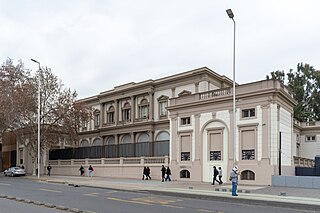
The Errázuriz Urmeneta Palace is a neoclassical-inspired building located at 1656 Avenida Libertador Bernardo O'Higgins in Santiago de Chile, in the heart of the Dieciocho neighborhood, a favorite place of Santiago's high society in the nineteenth century. It was built by the Italian architect Eusebio Chelli at the request of Maximiano Errázuriz in 1872. The mansion dazzled the society of the time with its luxury and was cataloged by many as the best house in Santiago, putting it above the Cousiño Palace.
Share
Disclaimer Please be aware of your surroundings and do not enter private property. We are not liable for any damages that occur during the tours.
GPX-Download For navigation apps and GPS devices you can download the tour as a GPX file.
